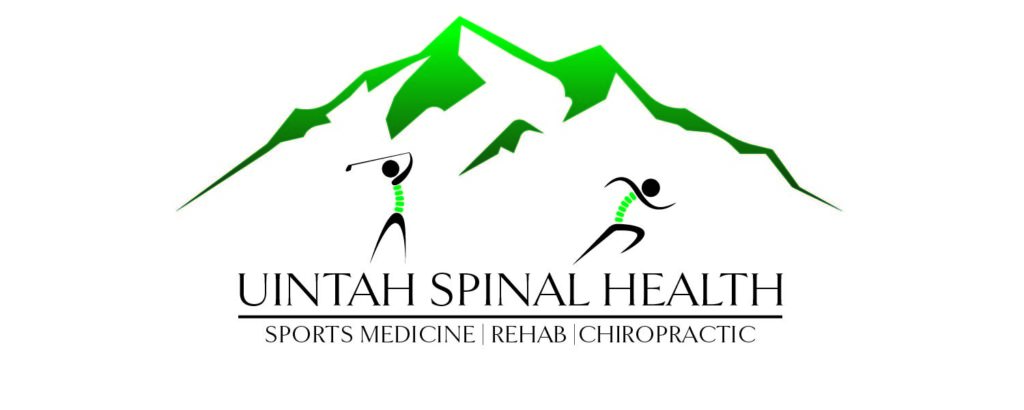Are you dealing with headaches and not sure what type they are? As Dr. Jared Wadsworth explains, there are multiple types of headaches, including tension-type headaches, cervical headaches, migraine headaches, cluster headaches, and post-concussion syndrome headaches. Dr. Wadsworth specializes in treating tension-type headaches, cervical headaches, and migraine headaches, and will be sharing more information on how to treat each of these types of headaches in the coming weeks. But first, he wants to highlight some key things to look out for if you are experiencing any type of headache.
If you have recently experienced a concussion and are now dealing with headaches, it is essential to seek the help of a concussion specialist. If you have been experiencing headaches for a month or more after the concussion, you may be dealing with post-concussion syndrome and should also seek the help of a medical provider who specializes in concussions.
However, there is one type of headache that requires immediate medical attention: when you experience an instant, severe headache that is the worst you have ever felt in your life. In this case, it is important to seek help from an emergency room to get proper care and diagnosis.
If you are unsure where to seek help for your headaches, Dr. Wadsworth and his team are available to provide guidance and refer you to the appropriate specialist.
In the past couple of weeks, Dr. Wadsworth shared information on how to treat tension-type headaches, cervical headaches, and migraine headaches.
Headaches can be debilitating, and it’s crucial to understand and address different types of headaches for effective management. We will focus on tension-type headaches and explore a recent study that highlights potential treatments for this condition.
Understanding Tension-Type Headaches:
Tension-type headaches are characterized by a dull, aching pain at the back of the head or the base of the skull. They may also extend to the top of the head or behind the eyes. Unlike migraines, tension-type headaches typically lack additional symptoms such as nausea or sensitivity to light and sound.
The Role of Muscular Tension:
Excessive muscular tension, particularly in the occipital muscles at the base of the skull, contributes to tension-type headaches. Addressing this tension is crucial for effective management.
Promising Research:
A recent randomized controlled trial investigated the effects of spinal manipulation, myofascial release, and exercise in tension-type headache patients with neck pain. The study found that combining exercise and manipulation showed positive results in treating these headaches (Corum et al., 2021).
Diagnosing and Treating Tension-Type Headaches:
Diagnosing tension-type headaches involves various techniques, such as palpation, assessing neck range of motion, and applying pressure to the base of the skull to provoke headache symptoms. Treatment options may include spinal manipulation, massage, and exercises targeting the neck muscles.
Chin Tuck Exercise:
One exercise that has shown promise is the chin tuck exercise. This involves lying on your back with your head and back flat on the floor and gently tucking your chin into your neck while keeping your head in contact with the floor. Performing this exercise in sets of 10, two to three times a day can help strengthen the front neck muscles and stretch the back muscles.
Complementary Approaches:
Complementary treatments can enhance primary interventions. Applying tiger balm or peppermint oil to the back of the head and around the temples may help alleviate tension in those areas.
Overall, tension-type headaches can significantly impact one’s life, but recent research offers insights into effective interventions. If you experience tension-type headaches, consult a healthcare professional who can accurately diagnose your condition and provide tailored treatment options. By addressing muscular tension, utilizing exercises, and considering complementary approaches
References:
- Dunning, J., Butts, R., Zacharko, N., Fandry, K., Young, I., Wheeler, K., Day, J., & Fernández-de-Las-Peñas, C. (2021). Spinal manipulation and perineural electrical dry needling in patients with cervicogenic headache: a multicenter randomized clinical trial. Spine Journal, 21(2), 284-295. doi: 10.1016/j.spinee.2020.10.008
- Link to the reference: PubMed
- Rist, P. M., Hernandez, A., Bernstein, C., Kowalski, M., Osypiuk, K., Vining, R., Long, C. R., Goertz, C., Song, R., & Wayne, P. M. (2019). The Impact of Spinal Manipulation on Migraine Pain and Disability: A Systematic Review and Meta-Analysis. Headache, 59(4), 532-542. doi: 10.1111/head.13501
